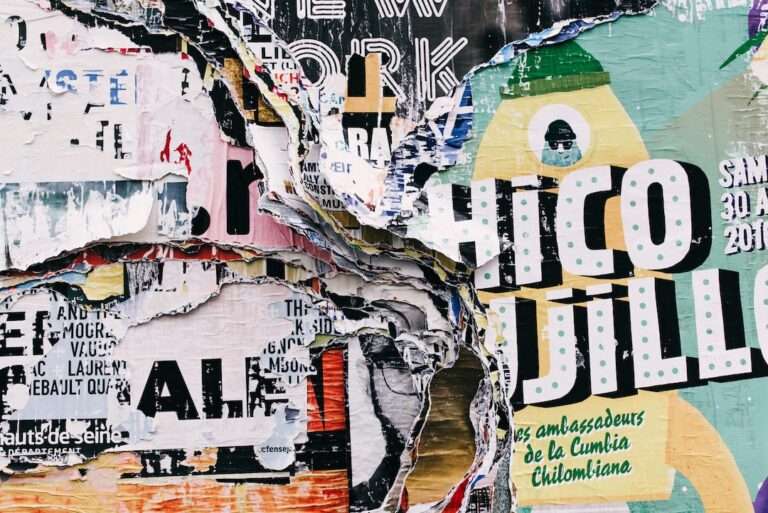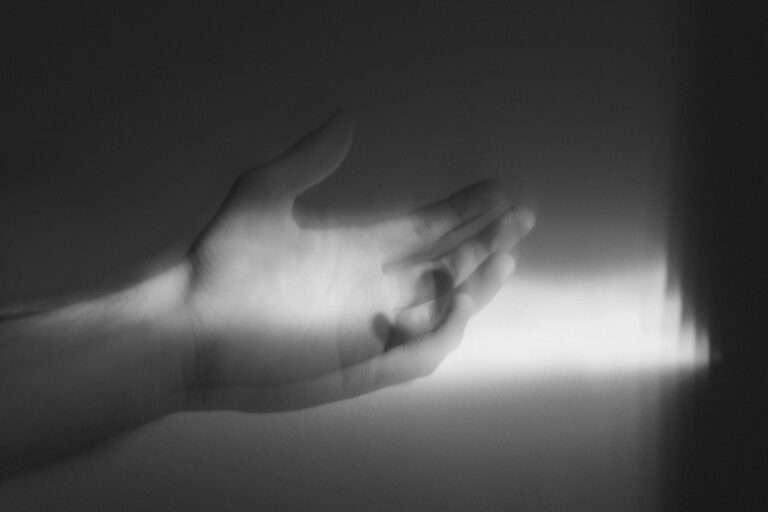Exploring the Symbolism in Medieval Art

Symbolism played a crucial role in medieval art, serving as a means of conveying messages and ideas that were often hidden or encoded within the artwork. Medieval artists used various symbols to represent religious beliefs, political ideologies, social hierarchies, and cultural values. These symbols were carefully chosen and placed within the artwork to communicate specific meanings to the viewers. The study of symbolism in medieval art provides valuable insights into the beliefs, values, and cultural context of the time period.
The Importance of Symbolism in Medieval Art
Symbolism was an integral part of medieval art, as it allowed artists to convey complex ideas and messages that could not be expressed through words alone. In a time when illiteracy was widespread, visual art served as a powerful tool for communication. Symbols were used to represent abstract concepts, such as virtues, vices, and theological ideas. For example, a dove symbolized the Holy Spirit, while a serpent represented evil or temptation.
Symbolism in medieval art also served as a means of reinforcing religious beliefs and practices. The use of religious symbols helped to create a spiritual atmosphere and foster a sense of piety among viewers. Additionally, symbols were often used to depict biblical stories and saints, allowing viewers to engage with these narratives on a visual level.
Uncovering the Hidden Messages in Medieval Artworks
Medieval artworks are filled with hidden messages and meanings that can be uncovered through careful analysis and interpretation. One example of hidden messages in medieval art is the use of allegory. Allegorical representations were common in medieval art, where abstract concepts were personified through human or animal figures. For instance, the figure of Death was often depicted as a skeleton or a grim reaper, symbolizing the inevitability of mortality.
Another example of hidden messages in medieval art is the use of iconography. Iconography refers to the study and interpretation of visual symbols and motifs. By understanding the meaning behind these symbols, viewers can gain a deeper understanding of the artwork. For example, a lily flower symbolized purity and innocence, while a crown represented royalty and power.
The Role of Religious Beliefs in Medieval Art Symbolism
Religious beliefs played a significant role in shaping the symbolism of medieval art. Christianity was the dominant religion during this time period, and its teachings heavily influenced the subject matter and symbolism of artworks. Religious symbols, such as the cross, the crucifixion, and the Virgin Mary, were commonly depicted in medieval art.
One example of religious symbolism in medieval art is the use of the halo. The halo is a circular disc or ring that surrounds the head of a holy figure, such as Jesus or a saint. It represents divine radiance and holiness, signifying the spiritual nature of these figures. The use of halos in medieval art was a way to visually distinguish between ordinary humans and those who were considered to be divinely chosen.
The Use of Color Symbolism in Medieval Art
Colors were used symbolically in medieval art to convey specific meanings and emotions. Each color had its own symbolic associations and was carefully chosen to enhance the overall message of the artwork. For example, red was often used to represent passion, love, and martyrdom, while blue symbolized divinity, purity, and transcendence.
One example of color symbolism in medieval art is the use of gold. Gold was associated with divinity and represented the divine light of God. It was often used to depict halos, crowns, and other sacred objects. The use of gold leaf in illuminated manuscripts was also common, adding a sense of richness and spirituality to the text.
The Significance of Animal Symbolism in Medieval Art

Animals were frequently used symbolically in medieval art to represent various virtues, vices, and moral lessons. Each animal had its own symbolic associations and characteristics that were used to convey specific meanings. For example, a lion symbolized courage and strength, while a serpent represented deceit and temptation.
One example of animal symbolism in medieval art is the use of the lamb. The lamb was a common symbol for Jesus Christ, representing his innocence and sacrifice. It was often depicted in scenes of the crucifixion or as the Agnus Dei (Lamb of God) in religious imagery.
The Symbolism of Plants and Flowers in Medieval Art
Plants and flowers were also used symbolically in medieval art to convey specific meanings and ideas. Each plant had its own symbolic associations and was carefully chosen to enhance the overall message of the artwork. For example, a rose symbolized love and beauty, while a thistle represented pain and suffering.
One example of plant symbolism in medieval art is the use of the Tree of Life. The Tree of Life was a common motif in medieval art, representing the interconnectedness of all living beings and the divine source of life. It was often depicted as a large tree with branches reaching towards heaven and roots extending into the earth.
The Meaning Behind Medieval Artistic Techniques and Styles
Artistic techniques and styles were also used symbolically in medieval art to convey specific meanings and ideas. Each technique had its own symbolic associations and was carefully chosen to enhance the overall message of the artwork. For example, the use of perspective was often limited or distorted in medieval art, symbolizing the hierarchical nature of society and the dominance of religious authority.
One example of symbolic techniques in medieval art is the use of gold leaf. Gold leaf was commonly used to add a sense of richness and spirituality to illuminated manuscripts. Its reflective surface also symbolized divine light, enhancing the sacredness of the text.
The Symbolism of Medieval Art in Political and Social Contexts
Medieval art was often used symbolically in political and social contexts to convey specific messages and ideas. Artworks were commissioned by rulers, nobles, and religious institutions to promote their own agendas and reinforce their power and authority. Symbols were carefully chosen and placed within the artwork to communicate these messages.
One example of political symbolism in medieval art is the use of coats of arms. Coats of arms were used to identify noble families and were often depicted in paintings, sculptures, and stained glass windows. They symbolized the lineage, status, and power of the family, as well as their allegiance to a particular ruler or kingdom.
The Evolution of Symbolism in Medieval Art Over Time
Symbolism in medieval art evolved over time, reflecting changes in religious beliefs, cultural values, and artistic styles. As society became more literate and the Renaissance brought about new artistic techniques and ideas, the use of symbolism in art began to change.
One example of changes in symbolism in medieval art is the transition from Byzantine to Gothic art. Byzantine art was characterized by its flatness, stylized figures, and emphasis on spiritual symbolism. In contrast, Gothic art introduced more naturalistic forms, three-dimensional space, and a greater emphasis on human emotion and narrative storytelling.
The Contemporary Relevance of Medieval Art Symbolism in Modern Culture
Medieval art symbolism continues to be relevant in modern culture, as it provides a rich source of inspiration for artists, designers, and filmmakers. The use of symbols in contemporary art allows artists to convey complex ideas and emotions that may be difficult to express through words alone.
One example of modern uses of medieval art symbolism is in fantasy literature and films. Many fantasy stories draw upon medieval imagery and symbolism to create immersive worlds filled with mythical creatures, magical objects, and epic quests. These stories often incorporate medieval symbols such as dragons, swords, and castles to evoke a sense of adventure and wonder.
In conclusion, symbolism played a crucial role in medieval art, allowing artists to convey complex ideas and messages that were often hidden or encoded within the artwork. Symbolism was used to represent religious beliefs, political ideologies, social hierarchies, and cultural values. The study of symbolism in medieval art provides valuable insights into the beliefs, values, and cultural context of the time period. Furthermore, medieval art symbolism continues to be relevant in modern culture, as it provides a rich source of inspiration for artists and designers.
If you’re interested in exploring the symbolism of celestial bodies in Medieval Art, you might find this article on “What Does the Moon Symbolize?” from Symbolism Hub intriguing. The moon has long been a powerful symbol in art, representing various themes such as femininity, intuition, and the subconscious. This article delves into the deeper meanings associated with the moon and how it was depicted in medieval artworks. Discover the hidden symbolism behind this celestial body by clicking here.
FAQs
What is Medieval Art Symbolism?
Medieval Art Symbolism refers to the use of symbols in art during the Middle Ages, which was a period of European history that lasted from the 5th to the 15th century.
What are some common symbols used in Medieval Art?
Some common symbols used in Medieval Art include the cross, the dove, the lamb, the fish, the peacock, the lion, the eagle, and the serpent.
What do these symbols represent?
The cross represents Christianity and the sacrifice of Jesus Christ. The dove represents the Holy Spirit. The lamb represents Jesus Christ as the sacrificial lamb. The fish represents Christianity and the miracle of the loaves and fishes. The peacock represents immortality and resurrection. The lion represents strength and courage. The eagle represents the ascension of Jesus Christ. The serpent represents temptation and sin.
Why were symbols used in Medieval Art?
Symbols were used in Medieval Art to convey religious and moral messages to the largely illiterate population of the time. They were also used to decorate churches and other religious buildings.
What techniques were used in Medieval Art?
Medieval Art was created using a variety of techniques, including painting, sculpture, stained glass, and illuminated manuscripts.
What is the significance of Medieval Art Symbolism today?
Medieval Art Symbolism continues to be studied and appreciated today for its historical and cultural significance. It provides insight into the religious beliefs and values of people during the Middle Ages.





